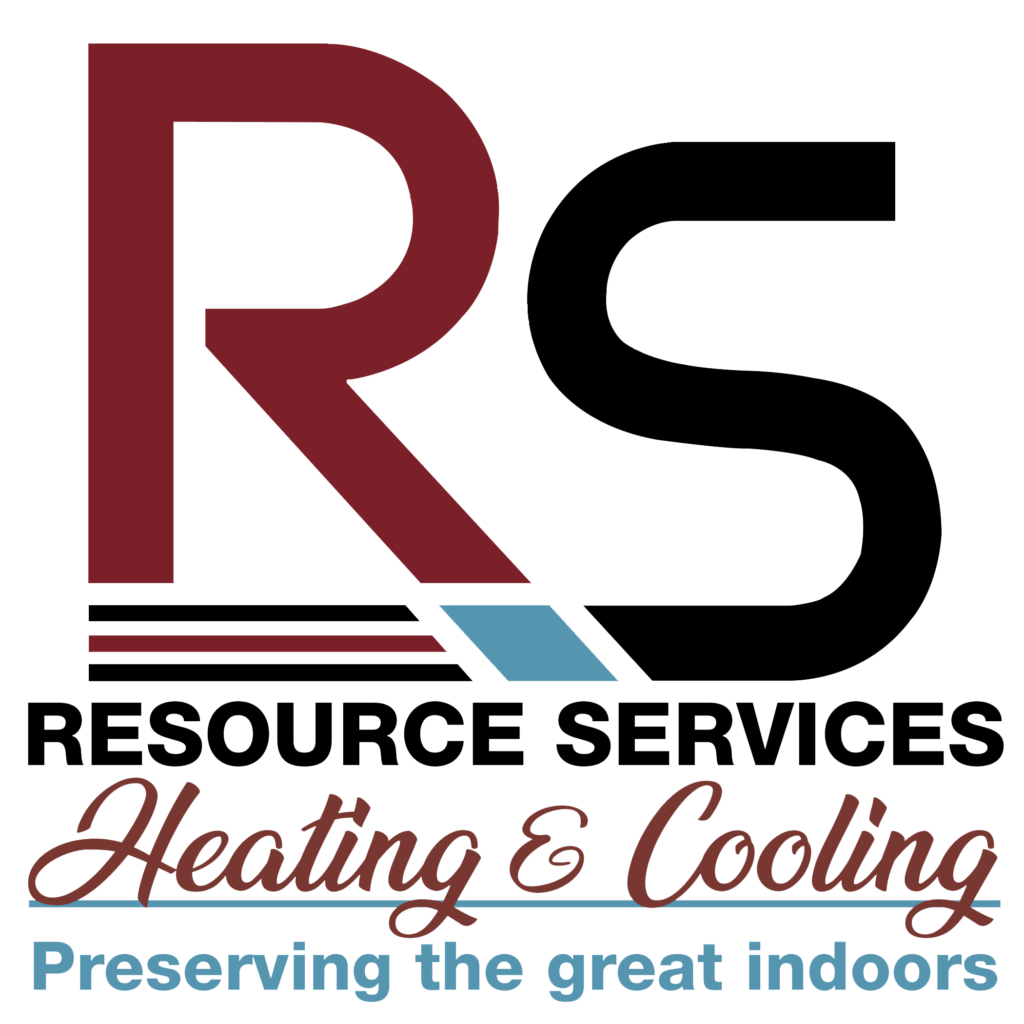We all remember those moments during the summer, when you walk out the door to find it’s so hot, sticky, and humid that you want to turn around, and go back inside to take another shower. We don’t usually have that problem in the winter. In colder months humidity often drops drastically low causing issues with comfort, health, home preservation, and energy efficiency.
Risks of Low Humidity in Your Home
Comfort
Air with extremely low humidity can cause dry eyes, sore throats, chapped lips, irritated or cracked skin and nose bleeds. It can also antagonize allergies, asthma, and sinus systems. Homes with dry air are also likely to have problems with static electricity.
Health
Environments with low humidity are ideal for many viruses, increasing the risk of your family to catch colds, the flu, and other respiratory illnesses. It also increases the likelihood of infection.
Home Preservation
Overly dry air can also cause damage to your home. Woodwork (built in or furniture), artwork, electronics, musical instruments, plaster, and paint and other things in your home often require certain levels of humidity in order to prevent damage like shrinkage, weakened joints, splitting, cracking, and warping.
Energy Efficiency
Dry air feels colder than moist air does. This means that temperatures that are usually comfortable for you often feel cooler than normal, causing you to raise the temperature at your thermostat, and thus causing the furnace to run more often.
Whole Home Humidifiers
If you are experiencing some or any of the issues listed above in your home it’s very likely that your home is experiencing low humidity levels. Installing a whole home humidifier system may be the best way to correct these issues. There are several different types of whole home humidifiers; steam, fan powered, and bypass. Understanding how they work and what features they have can help you determine which would be the best fit for your home.
Steam
- Operates by heating water in a canister and converting the water to steam, which is then forced through ductwork.
- Requires an air cooling switch-identifies when the system is on and won’t allow the humidifier to turn on if there is no fan running to push the air through the ductwork.
- High limit switch-set to the maximum amount of humidity allowed in the system and will shut down the humidifier if the humidity reaches that point.
- Steam dispersion tube delivery for best moisture delivery.
- Steam generated by electrodes.
- Tolerant of a wide range of water conditions.
- Highest capacity type, best for larger homes.
- Capacity-Up to 34 gallons/day depending on voltage and amperage.
- Replaceable steam canister.
- Sound-Nearly silent.
- Front-facing easy access door.
- A better choice for homes with heat pumps.
- Works with humidifier controls – humidistat (controls humidity only) or thermidistat (controls temperature and humidity)
Fan Powered
- An electric fan pulls heated air into the humidifier, and forces air through the humidifier’s water panel (a pad saturated with water) back into the duct. The air absorbs the moisture and moves it throughout the duct system.
- Capacities vary- 12-18 gallons/day
- Replaceable evaporator pad
- Front-facing, easy access door
- Sound-quiet
- Controlled by humidistat or thermidistat
Bypass
- Installed on the cold air return supply, it’s passed through the water panel and then released into the warm air supply where the hot air absorbs the water moisture and carries it throughout your home. There is a damper between the cold and warm air supplies that needs to be closed while the air conditioner is running.
- Dependent on the furnace’s blower or fan coil for dispersal
- Replaceable evaporator pad
- Front-facing, easy access door
- Sound-nearly silent
- Capacities vary-12-17 gallons/day
- 100% efficient water usage models available
- Controlled by humidistat or thermidistat
Choosing a Humidifier
When choosing the right humidifier system for your home, it’s best to take into consideration the size of your home (including the number of levels, square footage, etc.), the type of ducts that you have, water hardness, if you have a heat pump or a furnace, installation requirements, and of course cost. Steam humidifiers are the most expensive to install and run but require less maintenance. Fan powered and bypass are relatively less expensive to install and have minimal continuing energy costs, however, they do need to have the water panel/evaporator pad changed at least twice each heating season in addition to the annual recommended service. All whole home humidifiers should have preventative maintenance performed at least annually to avoid mold and other issues. A licensed heating and cooling technician should be able to help you determine which size of humidifier will be the best option for your system and home as it varies depending on the manufacturer.
We recommend always having a humidistat or thermidistat installed with your whole home humidifier system. A humidistat or thermidistat, set at your desired humidity level will tell your humidifier when to turn on and off. It can also be connected to your air conditioning system. Air conditioners remove humidity from the air, especially during those muggy summer months mentioned above. When the humidistat senses that the humidity in your home is higher than it should be, if connected to the air conditioning system, it can cycle the air conditioner to return your home to the correct humidity levels. This gives you even more control over the comfort levels of your home.
So take control of humidity in your home for comfort, the health of you and your family, preserving your home and the beautiful things in it, and preserve energy.
Do you have any concerns about having a whole home humidifier installed? Share your comments below and we’ll be happy to find the answers you need.
Sources-
Dennis Sult
http://www.aprilaire.com/whole-house-products/whole-house-products/humidifiers
http://www.bryant.com/products/airquality/humidifiers/
http://www.thisoldhouse.com/toh/video/0,,20052871,00.html
http://www.achrnews.com/articles/84960-avoid-common-mistakes-in-humidifier-installations

